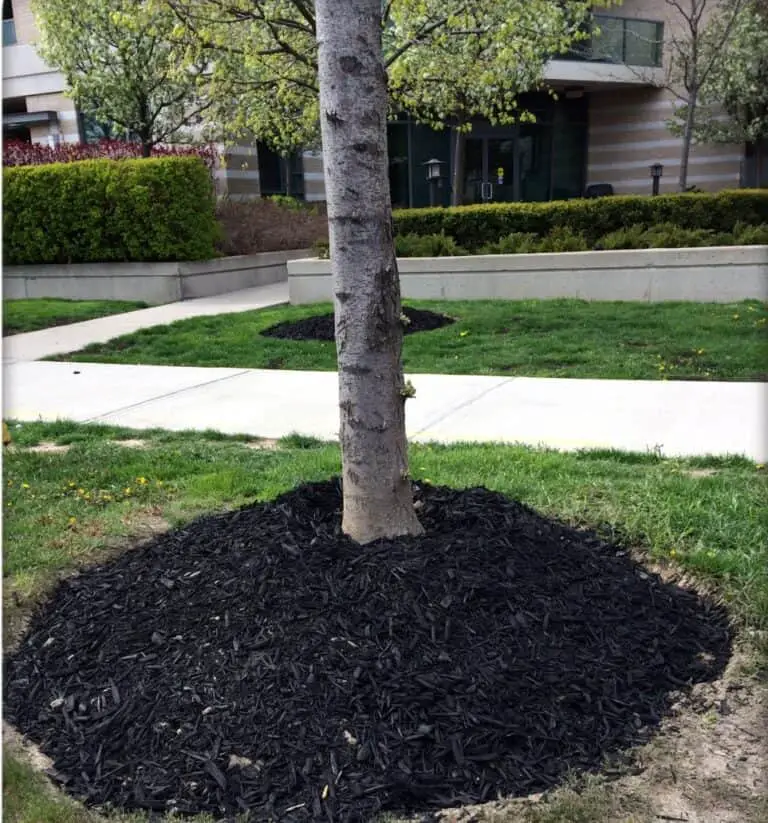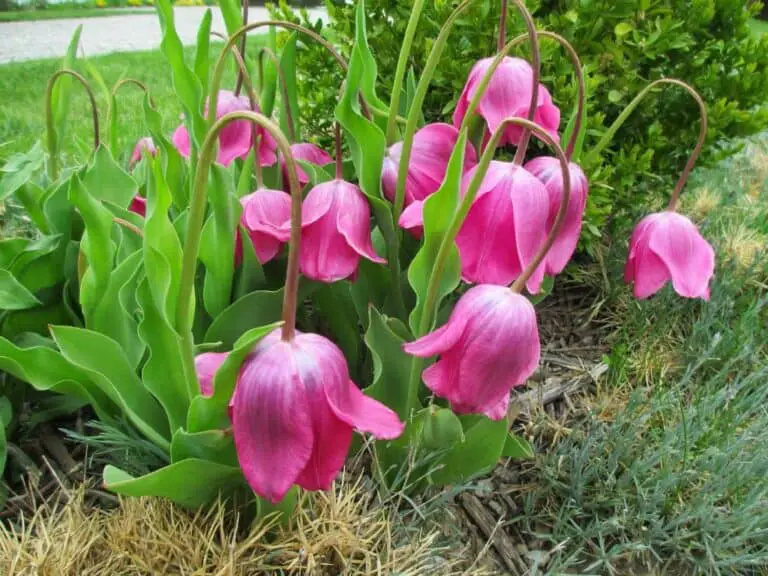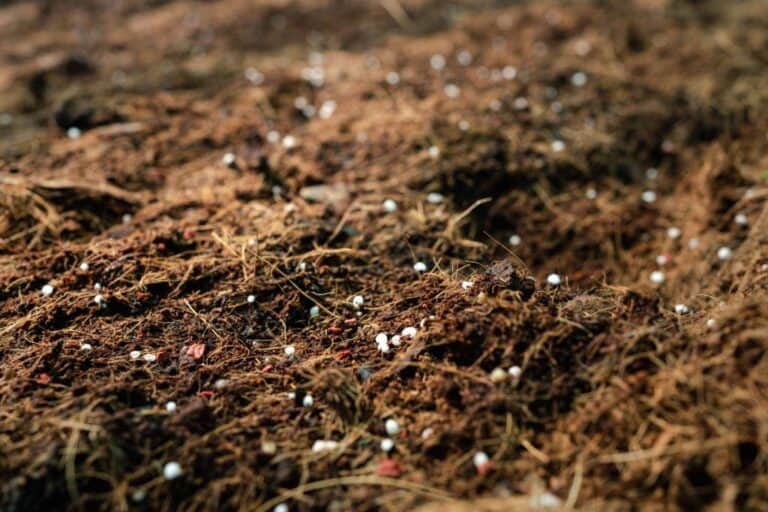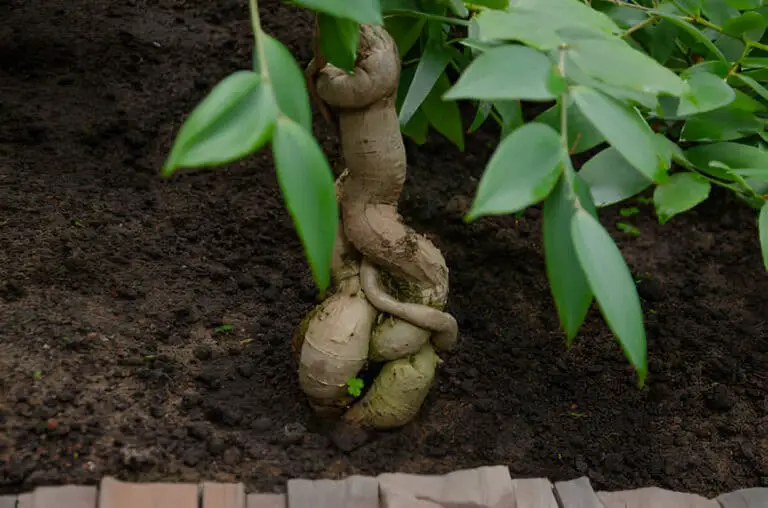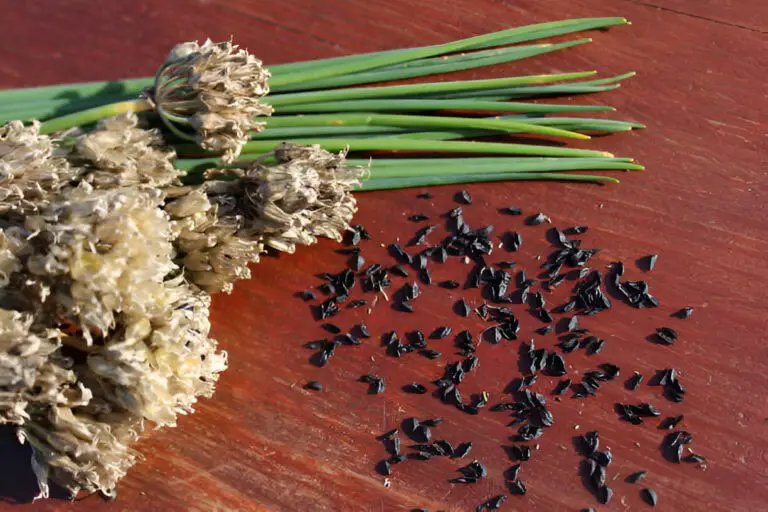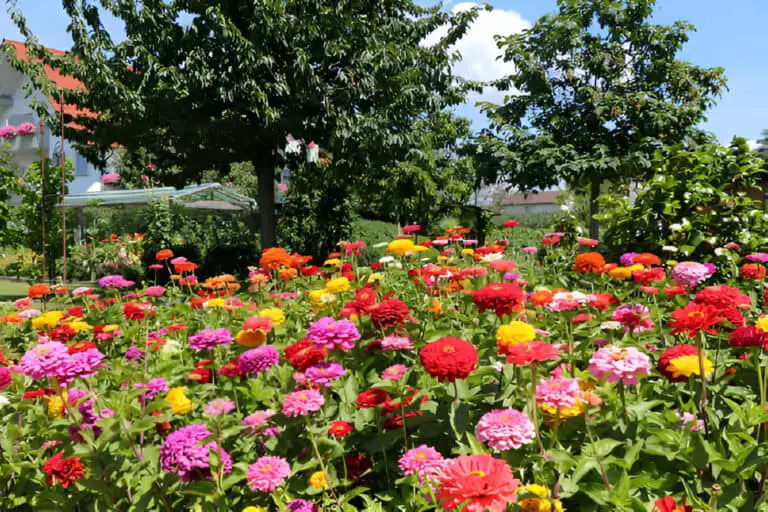Why Is My Crabapple Tree Losing Leaves? (And How to Treat Them)
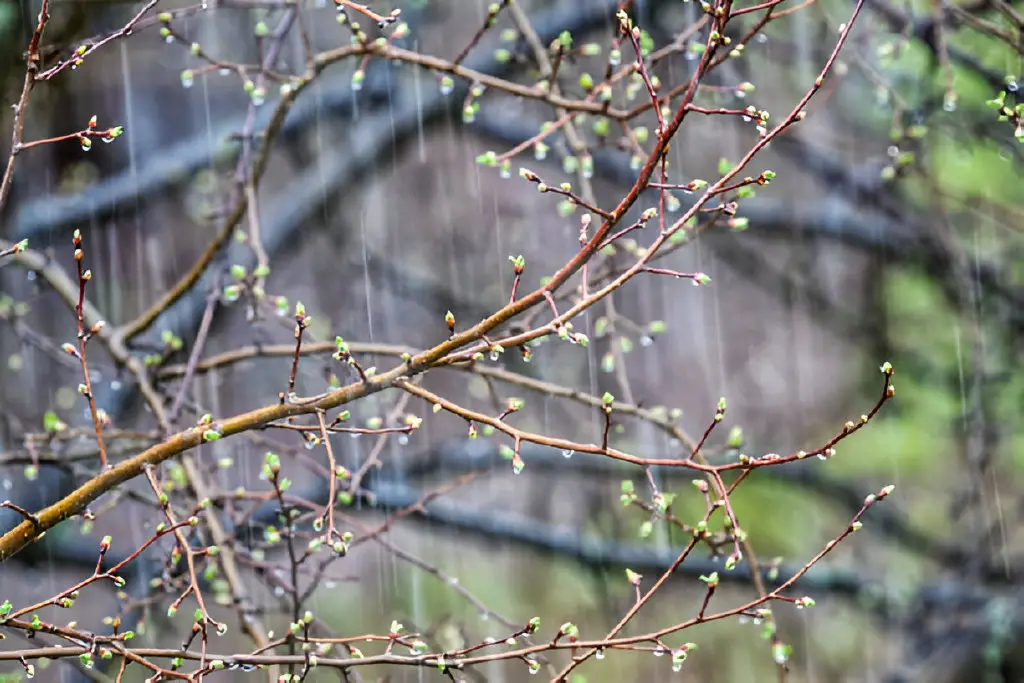
Have you ever looked out at your garden and noticed your beautiful crabapple tree losing leaves unexpectedly? While it’s normal for crabapple trees to shed some leaves, excessive leaf loss can be a cause for concern.
People prize crabapple trees for their stunning spring blooms. They also prize them for their ornamental fruit. This makes crabapples a favorite in many landscapes. However, when your crabapple tree loses its leaves early, it can be alarming. This can indicate underlying issues.
In this article, we’ll look at why your crabapple tree might be losing leaves. We’ll also give you practical tips on how to treat them. Understanding these causes and cures will not only help you save your crabapple tree. It will also ensure its long-term health and vibrancy.
Introduction of Crabapple Trees

Crabapple trees (Malus) are not just pretty in your landscape. They also offer many benefits. These make them valuable for both humans and wildlife.
These trees, known for their stunning spring blossoms and vibrant fall colors, provide more than just aesthetic appeal. They are tough, low-care trees. They can thrive in many climates and soils. This makes them suitable for a wide range of landscapes.
One of the key benefits of crabapple trees is their ability to attract pollinators such as bees and butterflies. Their flowers produce nectar and pollen, which are essential food sources for these important insects.
Also, crabapple trees produce small, apple-like fruits. They are a key food for birds and other wildlife. This is especially true in the fall and winter when food may be scarce.
Crabapple trees also offer some practical benefits for homeowners. They can be used as ornamental trees in landscaping, adding beauty and interest to yards and gardens. Some varieties of crabapple trees also produce edible fruits that can be used in cooking and baking, adding a unique flavor to dishes.
Why Is My Crabapple Tree Losing Leaves?
A crabapple tree losing leaves can be concerning, but there are several common reasons for this issue. Many things can cause it. These include the environment, pests, disease, and nutrition.
Environmental Factors
1. Environmental Stress: Crabapple trees are sensitive to environmental changes. Sudden temperature swings, too much heat, or drought can stress the tree. This stress causes it to shed leaves.
Ensure your crabapple tree is planted in a sunny spot with good soil drainage. Mulch around the base of the tree to retain moisture and regulate the soil temperature. Water deeply during dry spells to maintain soil moisture levels.
2. Improper Pruning: Bad pruning practices cause problems. They include pruning at the wrong time or too aggressively. These practices can lead to stress and leaf loss in crabapple trees.
Solution: Prune crabapple trees during late winter or early spring when they are dormant. Remove dead or diseased branches and thin out crowded areas to improve air circulation. Avoid excessive pruning, especially during the growing season.
Pest and Disease Issues
1. Cedar Apple Rust: A fungal disease that affects crabapple trees, causing orange spots on leaves and premature leaf drop.
Solution: Remove nearby cedar trees if possible, as they are an alternate host. Apply fungicides labeled for cedar apple rust prevention according to the manufacturer’s instructions. Prune infected branches and dispose of affected leaves.
2. Apple Scab: Another fungal disease that causes dark, scabby spots on crabapple leaves, leading to defoliation.
Solution: Choose disease-resistant crabapple varieties. Apply fungicides containing chlorothalonil or sulfur to protect against apple scab. Improve air circulation around the tree by pruning to reduce humidity levels.
Nutritional Imbalance
1. Nutrient deficiencies are a problem. They involve a lack of essential nutrients, especially nitrogen. They can weaken crabapple trees and cause leaf yellowing and drop.
Solution: Test the soil to determine nutrient levels. Amend with a balanced fertilizer formulated for trees and shrubs in early spring. Avoid over-fertilization, as it can cause nutrient imbalances.
Common Problems Table
| Cause | Symptoms | Solution |
| Environmental Stress | Leaf yellowing and drop, wilted appearance | Ensure adequate watering and soil conditions. Mulch and protect from extremes. |
| Improper Pruning | Stress, sparse growth, leaf loss | Prune during dormancy, remove dead/diseased branches, avoid excessive pruning. |
| Cedar Apple Rust | Orange spots on leaves, premature leaf drop | Remove cedar trees, apply fungicides, prune infected parts. |
| Apple Scab | Dark, scabby spots on leaves, defoliation | Choose resistant varieties, apply fungicides, improve air circulation. |
| Nutrient Deficiencies | Yellowing leaves, poor growth | Test soil, amend with balanced fertilizer for trees and shrubs. |
How Can I Tell if My Crabapple Tree Is Healthy Despite Losing Leaves?
To determine if your crabapple tree is healthy despite losing leaves, you should look for signs of overall health and vitality. Here are some key indicators:
- Leaf Loss Patterns: Crabapple trees naturally shed leaves in the fall. So, if the tree is losing leaves in a typical pattern, it is probably normal. However, if the tree is losing leaves excessively or at unusual times, it could be a sign of disease or pest infestation.
- New Growth: Healthy crabapple trees typically produce new growth in the spring. If the tree is producing new leaves and shoots, it indicates that the tree is still healthy and capable of regenerating.
- Fruit and Blossoms: Crabapple trees make fruit and flowers. These are important signs of their health. If the tree is producing fruit and flowers, it suggests that the tree is still capable of reproducing and is not significantly stressed.
- Tree Structure: Check the tree’s overall structure. If the tree has a sturdy trunk, well-developed branches, and a robust root system, it is likely healthy.
- Leaf Color and Texture: Healthy crabapple leaves are typically green and have a smooth texture. If the leaves are discolored, wilted, or have unusual growths, it could indicate disease or pest issues.
- Soil Conditions: Ensure that the soil is well-draining and has a pH between 6.0 and 7.0, which is suitable for crabapple trees. Proper soil conditions can help prevent root rot and other issues.
- Pruning and Maintenance: Regular pruning and maintenance can help prevent disease and pest issues. Ensure that you are pruning your crabapple tree correctly and addressing any signs of disease promptly.
By considering these factors, you can assess the overall health of your crabapple tree and determine if it is healthy despite losing leaves.
Conclusion
You must find the reasons for leaf loss in your crabapple tree. This is key for treating it well and keeping it healthy. You can help your crabapple tree thrive and keep its vibrant leaves. You can do this by addressing environmental stressors. You must also manage pests and diseases and ensure proper nutrition.
Watching often and acting quickly are key. They keep your crabapple tree beautiful and tough. They ensure it keeps blooming and bearing fruit for years to come.

